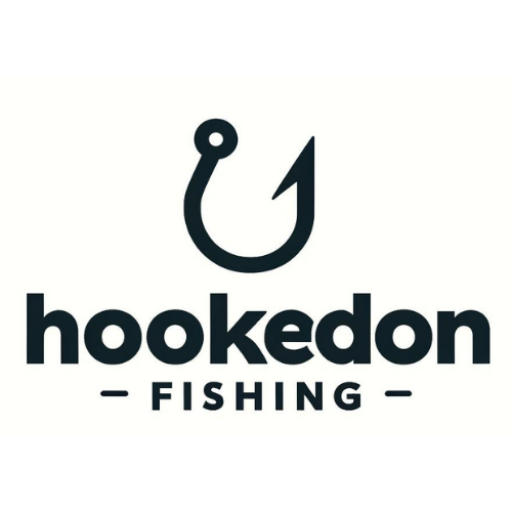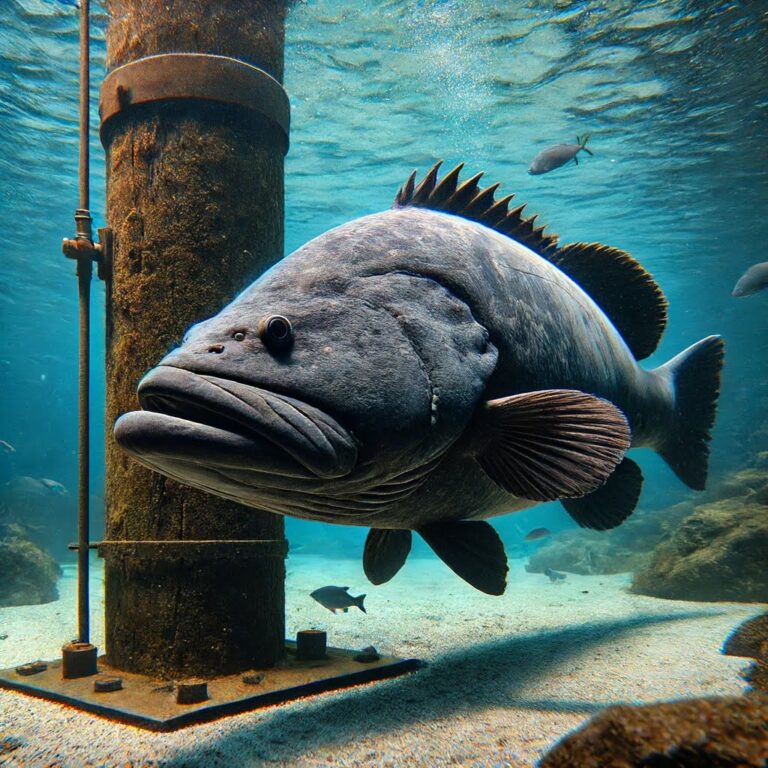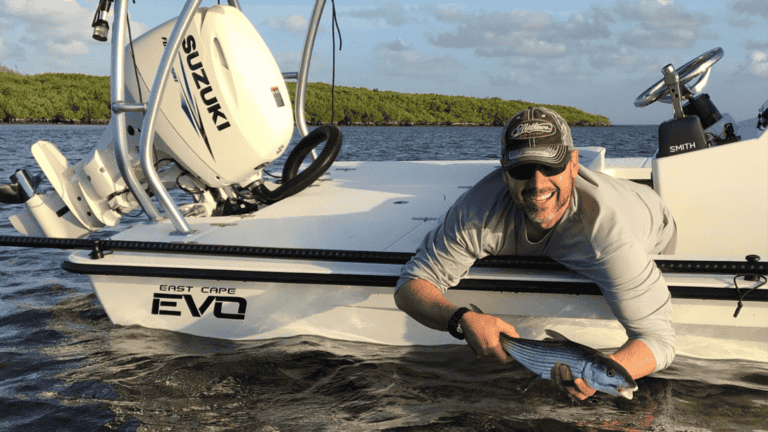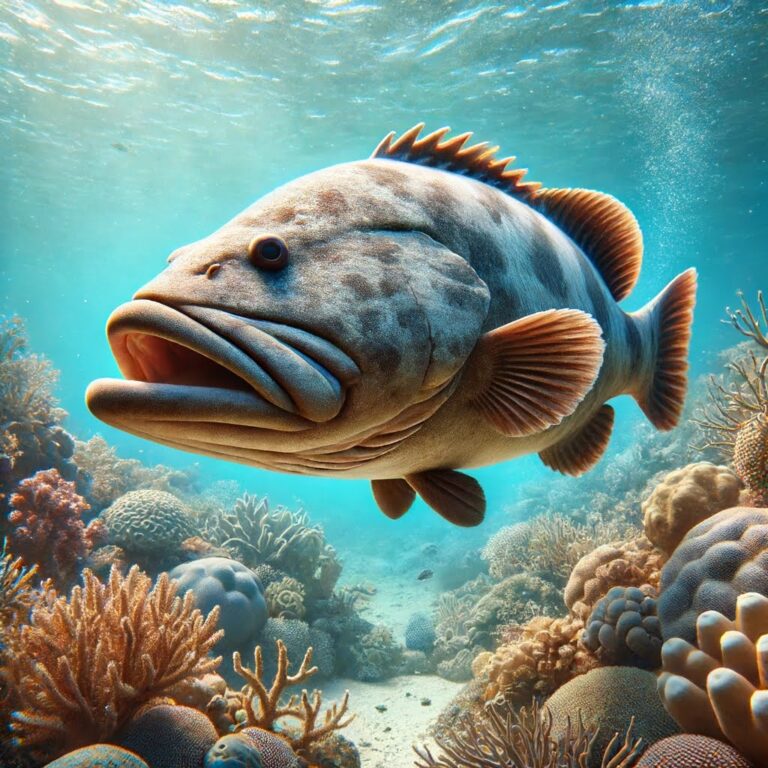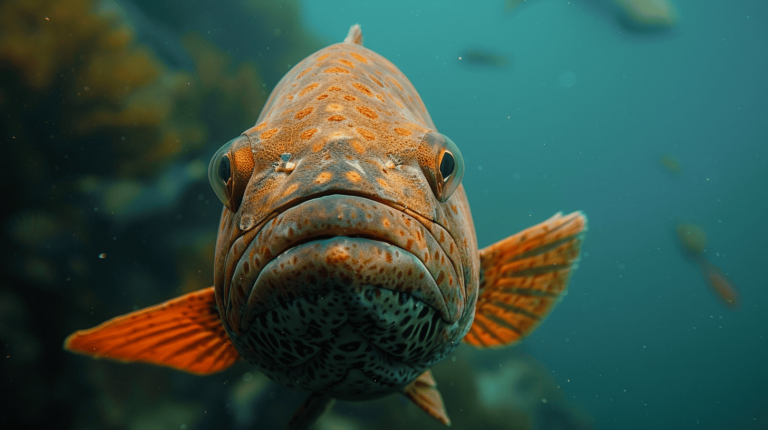Bridge Fishing in the Florida Keys: The Complete Guide
When it comes to fishing in the Florida Keys, there’s no shortage of options.
From the vast open waters of the Atlantic to the serene flats of the backcountry, the possibilities are endless.
But, for those looking for a unique and rewarding experience, bridge fishing stands out as a quintessential Florida Keys adventure.
Whether you’re a seasoned angler or a weekend warrior, bridge fishing offers a convenient, productive, and downright fun way to catch a variety of fish.
Let’s dive into the ins and outs of bridge fishing in the Florida Keys and explore some tips and techniques to make your trip a success.
Why Bridge Fishing?
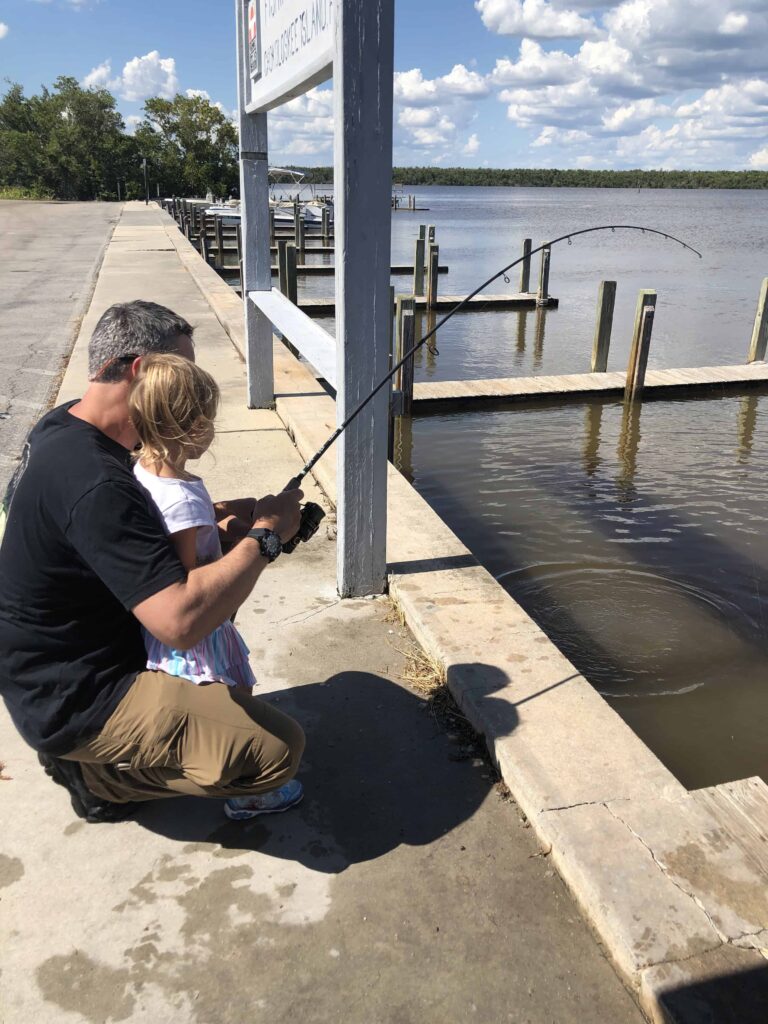
Bridge fishing in the Florida Keys offers several advantages that make it an appealing choice for anglers of all skill levels.
Accessibility
One of the biggest draws of bridge fishing is accessibility. You don’t need a boat or fancy equipment to get started.
The Florida Keys are connected by a series of bridges (like the Seven Mile Bridge) that span some of the best fishing waters in the region.
These bridges are easily accessible by car, making them a convenient option for a quick fishing trip or an extended outing.
Variety of Species
The waters surrounding the Keys are teeming with a variety of fish species.
From the elusive tarpon and powerful snook to the delicious snapper and grouper, bridge fishing provides opportunities to catch a wide range of fish.
This diversity keeps things exciting and ensures that you’ll never know what might be on the end of your line.
Scenic Beauty
Fishing from the bridges in the Florida Keys also offers stunning views and a chance to soak in the natural beauty of the area.
The crystal-clear waters, vibrant sunsets, and abundant wildlife make for a picturesque backdrop to your fishing adventure.
Best Bridges for Fishing in the Florida Keys
Numerous bridges throughout the Florida Keys offer excellent fishing opportunities.
Here are some of the best:
Seven Mile Bridge
Arguably the most famous bridge in the Keys, the Seven Mile Bridge offers spectacular fishing opportunities.
Stretching from Knight’s Key to Little Duck Key, this bridge is a hotspot for tarpon, snapper, grouper, and more.
The old Seven Mile Bridge, now a pedestrian walkway, provides a unique and safe platform for anglers.
Long Key Bridge
Located between Long Key and Conch Key, the Long Key Bridge is another popular fishing spot.
This bridge is known for its strong currents, which attract a variety of fish, including tarpon, snook, and jacks. It’s a great spot for both day and night fishing.
Channel #5 Bridge
Connecting Lower Matecumbe Key and Long Key, the Channel #5 Bridge is a favorite among local anglers.
The deep channels and strong currents around this bridge create ideal conditions for catching tarpon, snapper, and other game fish.
Tom’s Harbor Cut Bridge
Located near the middle of the Keys, Tom’s Harbor Cut Bridge offers excellent fishing for snapper, grouper, and tarpon.
The bridge’s proximity to both the Gulf and Atlantic waters provides a diverse range of fishing opportunities.
Gear and Tackle for Bridge Fishing
When it comes to bridge fishing, having the right gear and tackle is essential. Here’s a rundown of what you’ll need:
Rods and Reels
• Medium to Heavy Rods: Depending on the species you’re targeting, a medium to heavy rod (7-9 feet) is ideal. These rods provide the strength needed to handle larger fish and the versatility to cast various baits and lures.
• Spinning Reels: A good quality spinning reel with a high line capacity (3000-5000 series) is recommended. Look for reels with smooth drag systems to handle the powerful runs of game fish.
Line and Leaders
• Braided Line: Braided line (20-50 lb test) is preferred for its strength and sensitivity. It allows you to feel even the slightest bites and provides the power needed to pull fish away from structure.
• Fluorocarbon Leaders: Use fluorocarbon leaders (30-80 lb test) to prevent fish from seeing the line. The clear water of the Keys makes this especially important. Heavier leaders are needed for toothy predators like barracuda and shark.
Hooks and Terminal Tackle
• Circle Hooks: Circle hooks (3/0 to 7/0) are effective for most species and help reduce gut hooking, making them more fish-friendly.
• Jigs and Weights: A variety of jigs (1/4 oz to 2 oz) and egg sinkers are useful for presenting live and cut baits at different depths.
Bait and Lures
• Live Bait: Shrimp, pilchards, and pinfish are excellent live bait for bridge fishing. They can be fished on a variety of rigs, including free-lining and bottom rigs.
• Artificial Lures: Soft plastics, bucktail jigs, and topwater plugs can be highly effective, especially when targeting species like snook and tarpon.

Techniques for Bridge Fishing
Successful bridge fishing requires a combination of techniques tailored to the species you’re targeting and the conditions you’re fishing in.
Here are some tried-and-true methods:
1. Free-Lining Live Bait
Free-lining live bait is a simple yet effective technique for bridge fishing.
Hook a live bait (shrimp, pilchard, or pinfish) through the nose or back and cast it up-current, allowing it to drift naturally with the tide.
This technique is particularly effective for targeting tarpon, snook, and snapper.
2. Bottom Fishing
For species like grouper and snapper, bottom fishing is highly productive.
Use a Carolina rig or fish-finder rig with a live or cut bait and drop it to the bottom near the bridge pilings or structure.
Be prepared for a strong initial strike and a hard fight to keep the fish out of the structure.
3. Jigging
Jigging is a versatile technique that can be used to catch a variety of species.
Cast a jig (bucktail or soft plastic) up-current and let it sink to the desired depth.
Use a series of sharp lifts and drops to create an erratic action that mimics injured baitfish.
This method is effective for targeting species like jacks, mackerel, and snapper.
4. Night Fishing
Night fishing under the bridges can be incredibly productive, especially during the summer months when the water is warmer.
The lights from the bridges attract baitfish, which in turn attract predators like tarpon, snook, and mangrove snapper.
Use live bait or artificial lures and focus on the shadow lines created by the bridge lights.
Safety and Etiquette
While bridge fishing is generally safe and accessible, it’s important to follow some basic safety guidelines and etiquette to ensure a positive experience for everyone.
Safety Tips
• Wear a Life Jacket: If you’re fishing from a kayak or small boat near the bridge, always wear a life jacket.
• Watch for Traffic: Be mindful of vehicles and pedestrians if you’re fishing from a bridge that’s still in use.
• Stay Visible: Use reflective clothing and lights if you’re fishing at night to stay visible to boaters and other anglers. Some fishing shirts offer greater visibility.
Etiquette Tips
• Respect Other Anglers: Give other anglers plenty of space and avoid casting over their lines.
• Clean Up: Always clean up your fishing area and dispose of trash and fishing line properly.
• Follow Regulations: Be aware of local fishing regulations, including size and bag limits, and follow them to help preserve the fishery.
Conservation Efforts in the Keys
The Florida Keys are a unique and fragile ecosystem that requires careful management and conservation efforts to ensure its sustainability for future generations.
Here’s a look at some of the key conservation initiatives in the region:
1. Marine Protected Areas (MPAs)
The Florida Keys are home to several Marine Protected Areas (MPAs) that are designed to protect critical habitats and marine life.
These areas restrict certain activities, such as fishing and boating, to minimize human impact and allow ecosystems to thrive.
2. Coral Restoration
Coral reefs are vital to the health of the Keys’ marine ecosystem.
Various organizations are working to restore damaged reefs through coral planting and other restoration techniques.
These efforts help to rebuild habitats for fish and other marine life.
3. Responsible Fishing Practices
Anglers play a crucial role in conservation by practicing responsible fishing techniques.
This includes using circle hooks, practicing catch and release, and following size and bag limits.
By doing so, we can help ensure that fish populations remain healthy and sustainable.
Final Thoughts
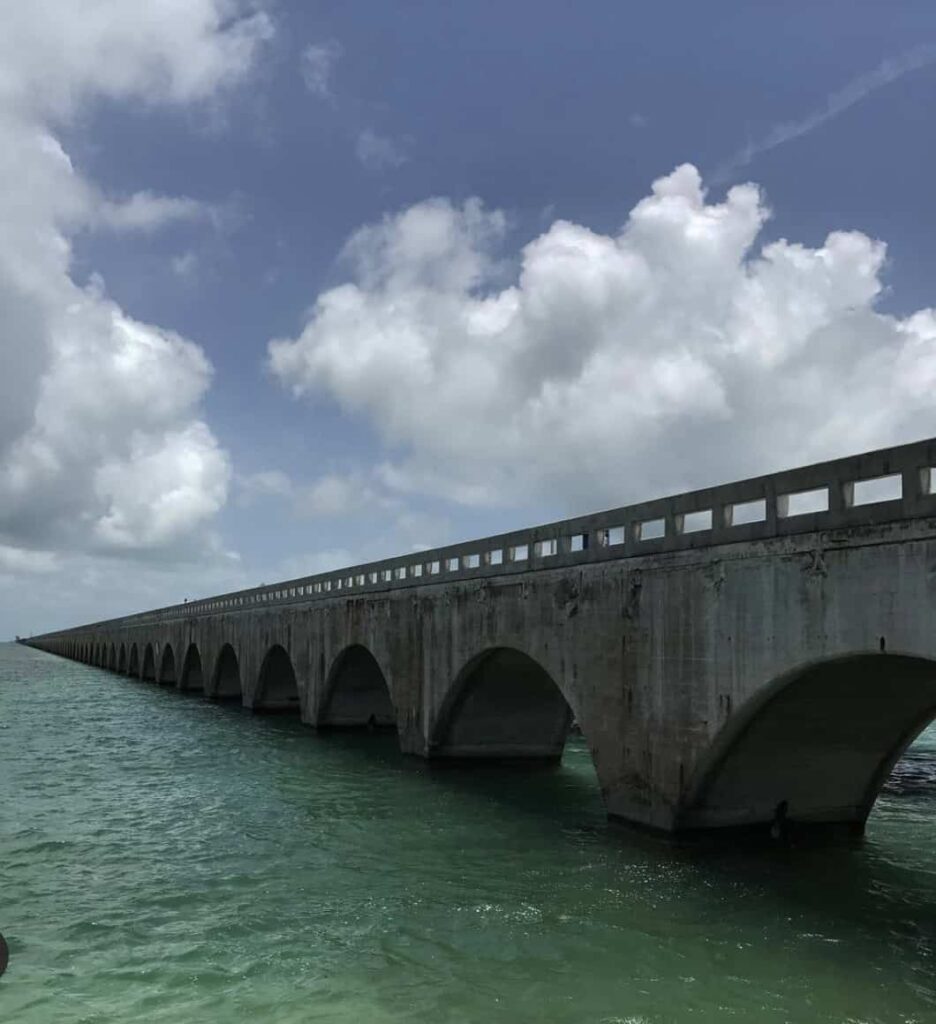
Bridge fishing in the Florida Keys offers a unique and exciting way to experience the incredible fishing opportunities this region has to offer.
Whether you’re targeting tarpon under the Seven Mile Bridge or jigging for snapper at Tom’s Harbor Cut, there’s always an adventure waiting.
Remember to bring the right gear, practice effective techniques, and respect the environment to make the most of your fishing trip.
As we will say a lot here; grab the rod and reel, head down to the Keys, and get busy making unforgettable fishing memories.
Tight lines and happy fishing!
